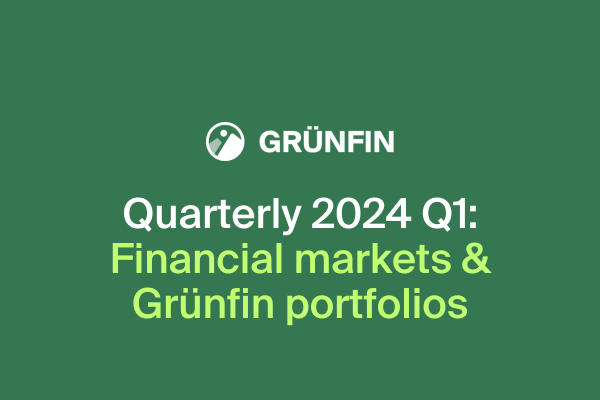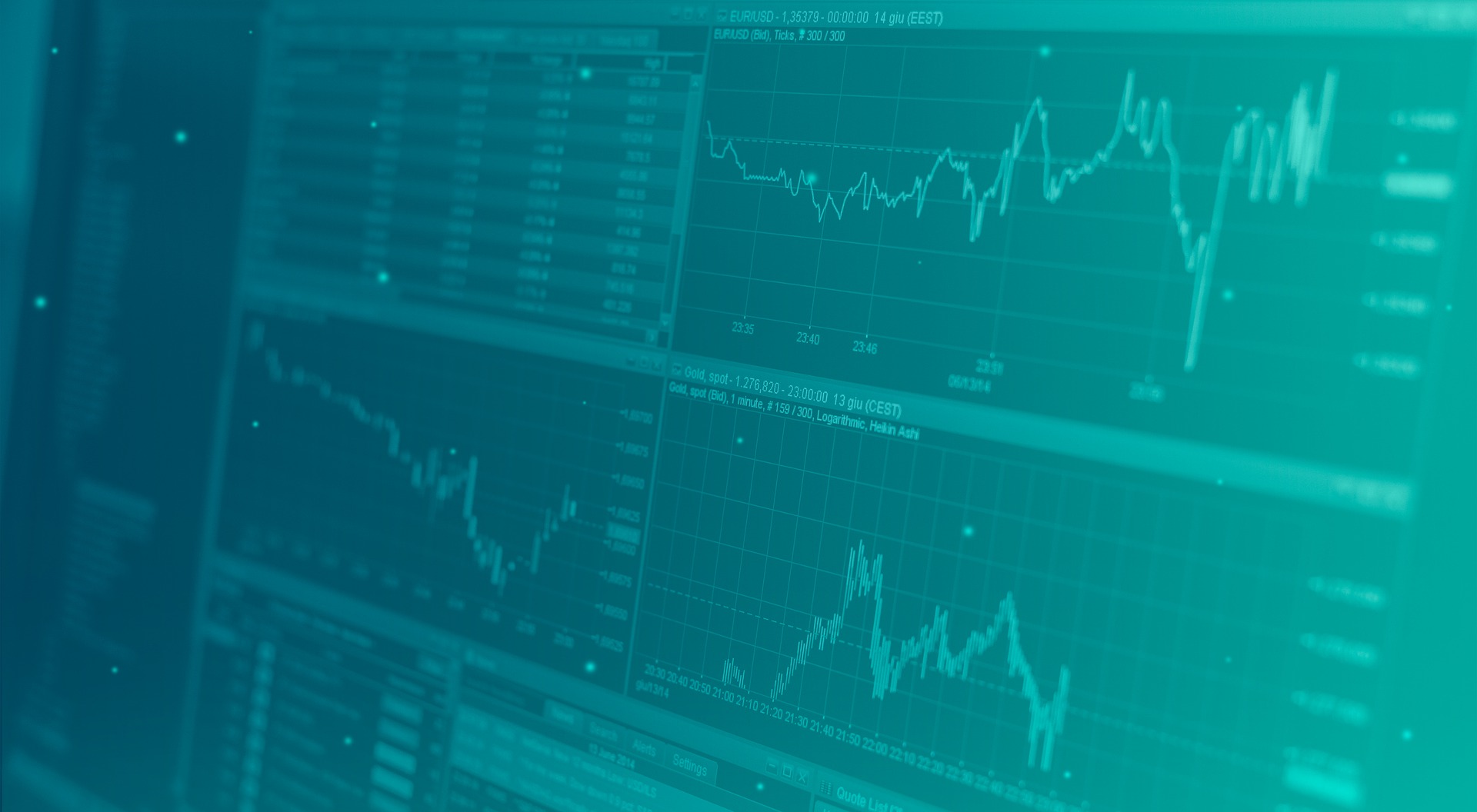Have you ever wondered what a bond is? Alejandro, our portfolio manager, broke it down for you to broaden your knowledge.
What is a bond in investment?
A bond is a loan you give to a government, company, or other entity. In return, you receive interest and expect full principal repayment when the bond matures (ends).
A bond is usually low-risk because you are promised repayment. So it differs from a stock, where you’re not promised a return on investment.
You can sell a bond in the market at any time before it matures, but no price is guaranteed in this case.
How does a bond work? We explain with an example.
Let’s use an example to see how a bond works. Please keep in mind that the math is not this round and nice, but let’s keep it simple for illustrative purposes.
Today you buy a brand-new bond issued by the German government:
- Bond price at beginning: €100
- Bond interest rate: 1% fixed annually
- Bond maturity: 10 years
- Bond price at maturity: €100
You invest € 100, and if you hold the bond for 10 years, you’ll receive interest of 1% (so €1) annually for 10 years. At the end of 10 years, Germany pays you back €100.
But throughout those 10 years, the bond price will move up and down. If market interest rates fall, the bond price rises. If interest rates rise, the bond price falls. Why?
Imagine the day after you buy that bond, inflation rises significantly. By so much, investors now decide German bonds should pay a 2% annual interest rate instead of 1%.
You immediately want to sell the day after your purchase. Germany won’t repay until year 10, so you start to look for a buyer in the market.
But your bond’s rate is fixed at 1%, meaning no buyer will pay you €100. Since the new buyer wants 2%, the bond price becomes €90. A 10% loss! Why?
Germany will still repay €100 to whoever owns the bond 10 years from now. So if the new buyer pays €90 today and receives €100 in 10 years, that’s a price appreciation of €1 or about 1% per year.
Remember, the bond also keeps paying the fixed interest of 1%. So if the new buyer adds her appreciation of 1% plus the fixed interest of 1%, she gets to that magic number of 2% per year. As well, long-term investment is a proven wise way and strategy.
Bonds in 2022 - understand the risks!
Back to the real world! Germany’s 10-year interest rate has risen from -0.18% to 0.90% this year, so its bond price has fallen by about 10%. It’s been a rough year for bond prices.
To be clear, getting paid back at maturity is never a 100% guarantee as the bond issuer can go bankrupt and not pay. In the case of Germany, the risk of this happening is extremely low. However, the risk of bankruptcy could be much higher with, say, a company with weak finances.
Meaning it’s important to understand the credit (bankruptcy) risk of the issuer. Sometimes bonds have other funky features like adjustable interest rates, an option for the issuer to re-buy before maturity and currency risk, among others.
Make sure you understand all these risks before investing in bonds or any other instruments.
These could also be interesting to you

Quaterly news from Grünfin 2024 Q3
Quarterly (q3, 2024) updates about the financial markets, news, and your portfolio performance.

Quaterly news from Grünfin 2024 Q2
Quarterly updates about the financial markets, news, and your portfolio performance.

Quaterly news from Grünfin 2024 Q1
Grünfin quaterly news about financial markets and Grünfin sustainable portfolios.
